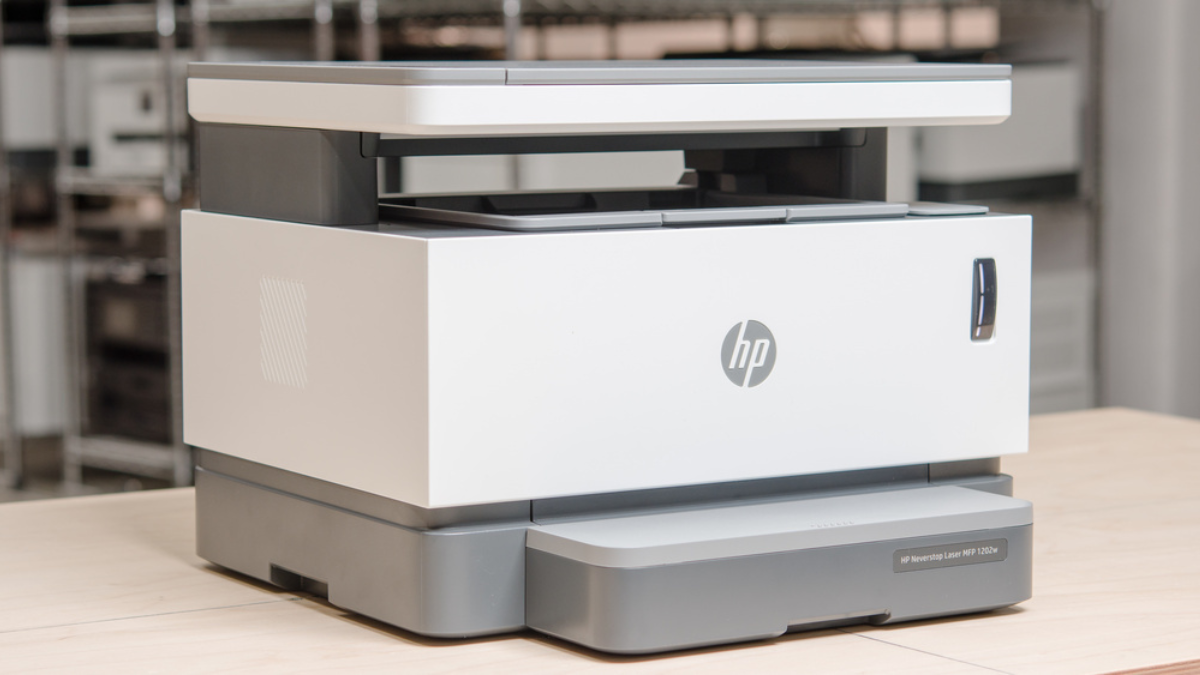Whether you’re printing photos, documents, or professional graphics, getting the best print quality from your HP printer requires more than just hitting “Print.” With a few simple adjustments and the right knowledge, you can significantly improve your printer’s performance and output. This guide will walk you through the steps to optimize your HP printer for the best results.
Introduction
HP printers are among the most reliable on the market, offering a range of models for home, office, and professional use. But even the best printer won’t deliver top-quality prints unless it’s correctly configured. From understanding your printer type to adjusting print settings and maintaining your device, these tips will help you consistently achieve sharp, vibrant, and professional-looking results.
Understand Your HP Printer Type
The first step in optimization is knowing your device. HP offers various types of printers:
- Inkjet Printers (e.g., HP DeskJet, OfficeJet): Great for photos and color documents.
- Laser Printers (e.g., HP LaserJet): Ideal for high-speed, high-volume black-and-white or color printing.
- All-in-One Printers: Combine printing, scanning, copying, and sometimes faxing.
- Photo Printers (e.g., HP ENVY Inspire, HP Sprocket): Designed specifically for high-quality photo printing.
Knowing what your printer is built for helps you use it in ways that maximize its strengths.
Choose the Right Print Quality Setting
Most HP printers offer multiple print quality modes:
- Draft: Saves ink, faster print speeds, lower quality.
- Normal/Standard: Balanced setting for everyday printing.
- Best: Slower but delivers the highest quality prints.
How to adjust:
- When you click “Print,” go to “Printer Properties” or “Preferences.”
- Under “Quality Settings” or “Print Quality,” select your preferred mode.
Use Best for photos and detailed graphics. For simple text documents, Normal or Draft will suffice.
Select the Correct Paper Type
Using the right paper is as important as the right settings. HP printers allow you to specify the type of paper you’re using:
- Plain Paper
- HP Photo Paper
- HP Brochure or Presentation Paper
- Labels or Envelopes
How to select paper type:
- Go to “Printer Preferences” before printing.
- Under “Paper/Quality” or “Media,” choose the matching paper type.
Using photo paper? Select “HP Advanced Photo Paper” to ensure the right amount of ink is used, which helps prevent smudging and produces vivid results.
Use Original HP Ink or Toner
While third-party cartridges may seem cheaper, they can compromise print quality and damage your printer.
Benefits of genuine HP ink/toner:
- Formulated specifically for HP printers.
- Better color accuracy and consistency.
- Less risk of leaks or damage.
HP printers often alert you when a non-original cartridge is installed. For best results and warranty compliance, stick to original HP supplies.
Clean and Align Printheads
Over time, printheads can become clogged or misaligned, especially in inkjet models.
To clean printheads:
- Open HP Smart app or control panel menu.
- Navigate to Printer Maintenance > Clean Printheads.
- Follow the prompts to complete the cleaning cycle.
To align printheads:
- Go to Settings > Printer Maintenance > Align Printhead.
- The printer will print an alignment page. Follow on-screen steps to complete alignment.
Performing these tasks every few weeks ensures cleaner lines and more accurate colors.
Update Printer Firmware and Drivers
Outdated drivers or firmware can lead to poor performance and compatibility issues.
To update drivers:
- Visit support.hp.com
- Enter your printer model.
- Download the latest driver for your operating system.
To update firmware:
- Use the HP Smart app or access settings from the printer’s touchscreen.
- Look for Printer Update or Web Services Update.
Updates often include bug fixes, print quality improvements, and support for new paper types.
Advanced Settings and Hidden Features
Color Management:
In “Printer Preferences,” adjust Color Options:
- Use Vivid for photos and marketing materials.
- Use Normal for everyday printing.
- Switch to Grayscale or Black Ink Only when printing black-and-white text.
Borderless Printing:
Enable “Borderless Printing” under layout settings to get edge-to-edge photo prints.
Print Preview:
Always use “Print Preview” to make sure everything looks good before hitting print. This avoids waste and ensures alignment.
HP Smart App:
Download the HP Smart App on your PC or phone to easily manage settings, check ink levels, and access premium features like scan-to-email or cloud printing.
Troubleshooting Poor Print Quality
Experiencing faded text, streaks, or color inconsistencies? Here’s what to check:
- Low Ink or Toner: Replace cartridges if levels are low.
- Wrong Paper Type: Ensure selected paper type matches the loaded media.
- Dirty Printhead: Run a cleaning cycle.
- Driver Issues: Reinstall or update your printer driver.
- Moist or Curled Paper: Always use clean, flat paper stored in a dry place.
If issues persist, run the HP Print and Scan Doctor tool from the HP support website.
Conclusion
Optimizing your HP printer is a combination of using the right supplies, configuring the best settings, and regular maintenance. Whether you’re printing homework, client presentations, or cherished photographs, these small tweaks can make a big difference in your output quality.
With the proper setup and ongoing care, your HP printer will deliver sharp, vibrant, and reliable prints for years to come. Take a few minutes to optimize today, and enjoy professional-quality prints every time.
